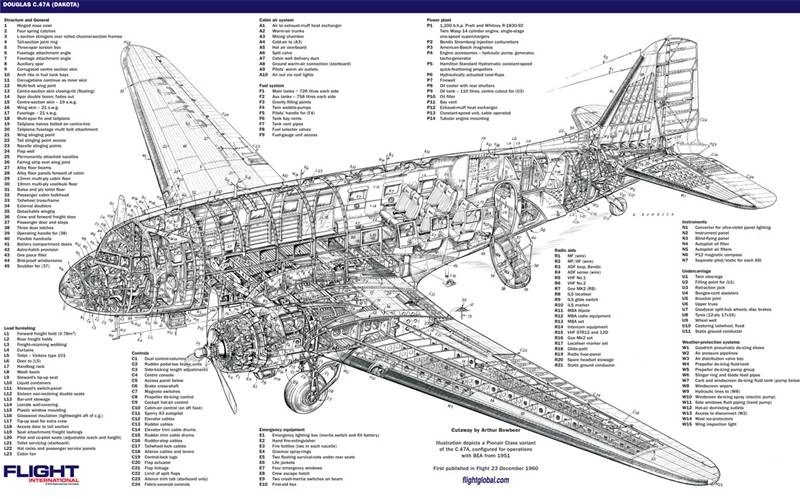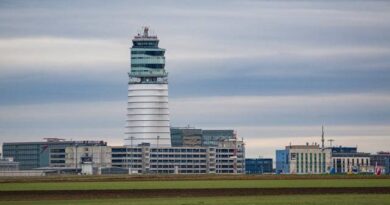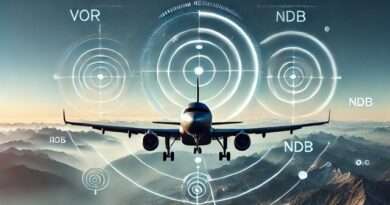Beyond the Golden Age: The DC-3’s Long and Varied History
The Douglas DC-3 isn’t just a name whispered with reverence by aviation enthusiasts; it’s a legend. Nicknamed the “Grand Old Lady of the Skies” for its dominance in the 1930s and 40s, the DC-3’s story is far richer than its Golden Age suggests. Let’s delve deeper into the remarkable history of this versatile aircraft.
A Design Ahead of Its Time
While not the first airliner, the DC-3 was revolutionary. Unlike its fabric-covered biplane predecessors, the DC-3 boasted a sleek, all-metal monoplane design. This, coupled with retractable landing gear and powerful engines, translated to faster, safer, and more comfortable flights. Airlines eagerly adopted the DC-3, ushering in a new era of commercial aviation by opening new routes and making air travel accessible to the public for the first time.
More Than Just Passengers
The DC-3’s impact goes far beyond passenger service. It became the ultimate workhorse of the skies. Cargo airlines relied on it for efficient transportation, militaries around the world adopted it for troop and paratroop deployment (christened the C-47 Skytrain by the US Army), and civilian operators even used modified versions for skydiving and firefighting.

source
A Testament to Adaptability
One of the key factors behind the DC-3’s incredible longevity is its remarkable adaptability. Over its extensive production run, numerous variants were created to suit specific needs. These ranged from luxurious passenger cabins for established airlines to rugged bush plane configurations for navigating challenging terrain. This flexibility allowed the DC-3 to excel in diverse roles and environments, solidifying its place in aviation history.
Variants of the DC-3: A Testament to Adaptability
The DC-3’s impact extends far beyond a single design. Throughout its extensive production run, manufacturers and operators created numerous variants (DC-3 variants) to cater to diverse applications. Military forces around the world adopted variations for troop and paratroop deployment, with the iconic C-47 Skytrain being the most recognizable example. The DC-3’s design proved so successful that it was even licensed for production in other countries, like the Soviet Union’s Lisunov Li-2. Airlines requested modifications for passenger capacity and amenities, leading to a range of civil variants. From luxurious passenger cabins to rugged bush plane configurations, the DC-3’s adaptability is a key factor in its enduring legacy and continued operation today.
A Legacy That Continues to Fly (04.2024)
Believe it or not, even today, over eight decades after its maiden voyage, DC-3s continue to grace the skies. From small island hopping services to captivating performances at airshows, these enduring aircraft stand as a testament to the brilliance of their design and the robustness of their construction.
The DC-3’s story is more than just a chronicle of an airplane; it’s a saga of innovation, remarkable adaptability, and a legacy that continues to inspire and shape the world of aviation.
References and Further Reading Links:
- DC-3 | History, Design & Specifications – Britannica: Britannica DC-3 History: https://www.britannica.com/technology/DC-3 provides a concise overview of the DC-3’s history, design features, and lasting influence.
- Douglas DC-3 – Wikipedia: Wikipedia DC-3: https://en.wikipedia.org/wiki/Douglas_DC-3. Tis website offers a comprehensive resource on the DC-3, including its development, variants, production history, and ongoing operations.
- https://www.flightglobal.com/basler-conversion-revives-dc-3-beyond-its-75th-birthday/97499.article


